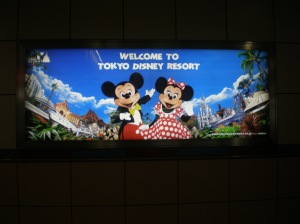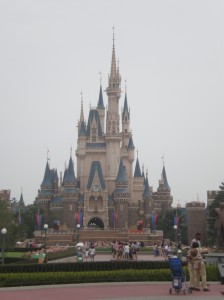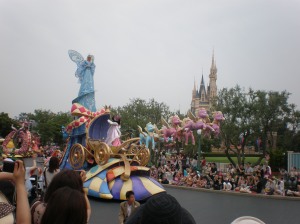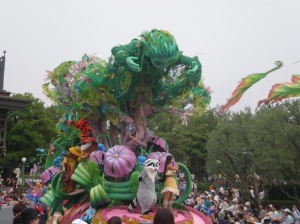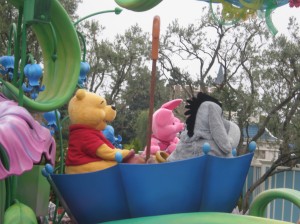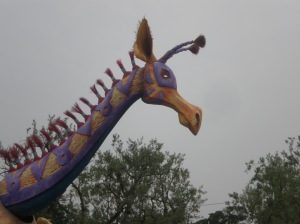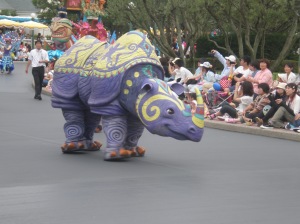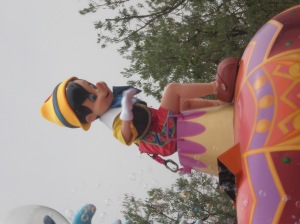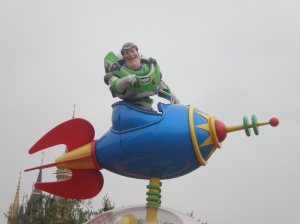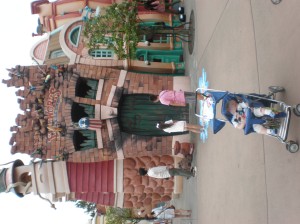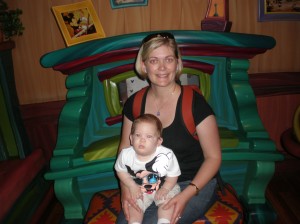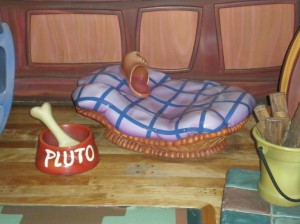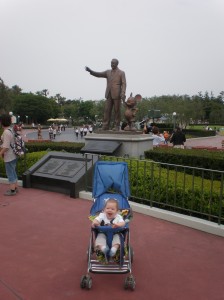Monday, 9th July
The hotel we are staying in at Hiroshima, “The New Hiroden Hotel” is nice enough—a bit like a posh Best Western by Australian standards—basic, but comfortable and clean. This hotel also claims to be an international hotel and have English-speaking staff. After the “Shinagawa Prince Hotel” in Tokyo and the “Park Royal” in Yokohama, we have probably become a bit spoilt about the definition of ‘English speaking’ and what this actually means. I am pretty certain a staff member I spoke to yesterday at “The New Hiroden Hotel” had absolutely no idea what I was talking about; and the polite Japanese way prevented him from actually admitting this—I think a Japanese person would think they are being a problem by not understanding me—this has happened a couple of times in shops too, so I am getting good at picking up the signs. The Japanese person who doesn’t understand what is being said/requested (but really wants to, and really wants to be helpful) will tilt their head to the side, purse their lips in a thinking way (not in anger) and mumble a few ‘thinking’ sounds. They might end up saying something that only has a vague connection to what I am asking, so after one or two false starts, I now just agree as though that is what I wanted to know (I wouldn’t do this with fluent English speakers, but for those who aren’t, there is no use in running over a dead cat). With a fluent English speaker, you can give more information, and they can ask clarifying questions (and vice versa).
Anyway, to return to the purpose of this blog—lost in translation in Hiroshima. It seems that no one who works in the hotel can actually speak English beyond a very elementary, broken way (and I’m not complaining—so I hope it isn’t coming across as though I am. We are, after all, in Japan!*). I think they learn a few hotel-type phrases and that’s it. If you ask them where somewhere is, and they can’t point to it on a map, then you’re buggered; or if you ask where the ‘laundry’ is, not ‘coin laundry’ they have no idea what you are talking about (just as an example). So, this afternoon Gary, Michael and I went to the lobby and asked a hotel staff member “Could you please tell us where there is a Western-style restaurant?” (I know, I know, we’re in Japan, so we should be eating Japanese food—but we just wanted some familiar tastes tonight). After the hotel staff member clarified with the person behind him what “Western” meant, he excitedly got the map and circled where to go, saying “Level 11”. I clarified that 11 meant 11, by writing it in numerals next to where he had circled the map, and “hai!” that was correct. So, Gary and I went about two blocks away to a large Department store, went to level 11 to find this western-style restaurant, and we circled around the level, which was actually a food court, and the only Western-style restaurant was…yep, if you said the Golden Arches, you’d be right! The hotel attendant had sent us to Maccas for dinner. As we had already arrived there, and the view from the 11th floor was gorgeous, we decided to stay. Michael got corn kernels from Maccas for dinner (they are steamed in the microwave with nothing added, so very healthy); and Gary and I ended up having a Japanese-style curry. It was the view that kept us there. During our meal, Gary wondered why the floor space wasn’t rented out the high-end restaurateurs, the we thought about it, and realized that 11 stories up isn’t that exciting in Japan, as it is so common to have tall buildings.
That’s the first story of ‘Lost in translation’. The poor guy, probably thought he was doing us a favour. When we got back to the hotel, I picked up a brochure in the lobby that had information about Hiroshima, and in it contained lists of restaurants—many of which were Western (and not Maccas!). Oh well.
*Alright, if I am to be completely honest, it is a little bit annoying to be staying at a hotel that states it has English speaking staff, and for not one member of staff to be able to string one sentence together in English, and is not able to understand even a simple sentence in its entirety (maybe they are UIL graduates?)
